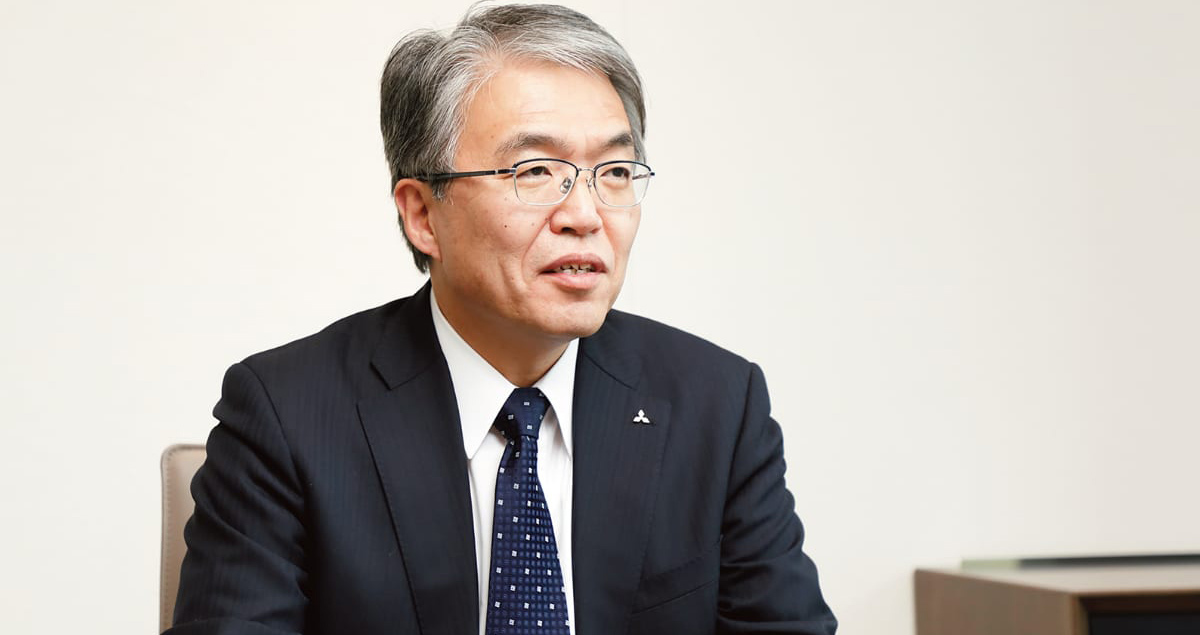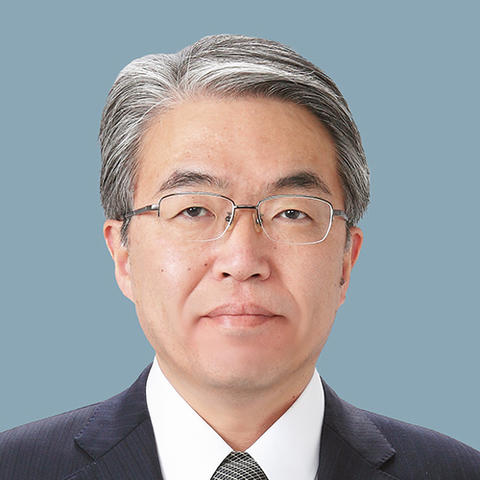Engineering Growth at MHI

When it comes to explaining where the future growth of Mitsubishi Heavy Industries (MHI) Group will come from, I can give you a simple answer: "From us, the engine of the company".
By "us", I mean those areas of MHI's portfolio that have been selected for significant investment and expansion in our 2021 Medium-Term Business Plan (MTBP), specifically 'Energy Transition' and 'New Mobility & Logistics'. But in a more general sense, I also mean the Growth Strategy Office that has been tasked to oversee that investment and expansion -- and which I lead.
Approaches toward growth
Let me take these in turn. The new 3-year MTBP, which is now in operation, foresees investment of JPY 180 billion -- more than twice our spending under the previous plan -- to promote a 'carbon neutral world' and improve 'quality of life'. By combining existing business lines where we have deep expertise with new and evolving technology, we believe that MHI can advance both of these goals globally while also rebuilding group profitability.
In our Energy domain, for instance, we already manufacture the world's most efficient gas turbines as well as equipment for capturing, utilizing and storing carbon dioxide (CCUS) and power generators can use both of these methods to reduce emissions. The next task is to encourage greater use of green fuels, particularly hydrogen (and its derivatives, such as ammonia) by building a value chain from production through transportation and storage to fostering stable demand. Beyond that lie yet more futuristic technologies such as capturing carbon directly from the air (DAC) -- going from zero to negative emissions.
In Mobility & Logistics, meanwhile, our group makes automated warehouse systems, forklifts and refrigeration units for buildings and trucks. Knit those into a system with smart software and the result is a 'cold chain' that can deliver chilled food or medicines (such as the new coronavirus vaccines) from the factory to the consumer. Or take the issue of how to pay for maintaining and improving roads. Currently, most countries simply tax the gasoline that drivers use. That will no longer work, however, once we switch to electric cars. But let me suggest a potential solution: sophisticated Electronic Road Pricing systems, such as the one MHI has built for Singapore, could be used to track all types of vehicle and charge per distance driven.
The key role of the Growth Strategy Office
In order to design such comprehensive solutions for our customers, we will have to increase our technological expertise, from digitalization to artificial intelligence (AI). That will require greater internal cooperation across traditionally autonomous business units, as well as more external partnerships, new ventures and perhaps even a few acquisitions.
Make no mistake, MHI will remain predominantly a hardware company, focused on corporate customers. Still, our culture needs to change: to become more open, less bureaucratic and more risk-taking, willing to try and fail. Promoting this change is the wider -- and undoubtedly more difficult -- task of the Growth Strategy Office.

New ideas are our future
The ambition is there. I am only the second CSO in the history of MHI (President Seiji Izumisawa was the first) but we have big plans. Once the group has rebuilt its profitability, it will be much easier for us to focus on new technologies, after all we have so many talented engineers, specialists and generalists around the group. I am eager to see what they can come up with.
The one worry that keeps me awake at night is whether we can generate enough new ideas. Given that one third of our group revenue depends on fossil fuels and many of our product lines have reached maturity, it is these new ideas that will secure our future.





